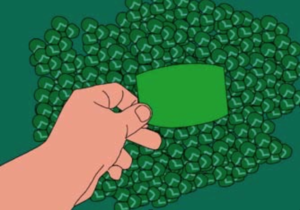October 9 – October 13
Marvelous Explorations Through Science and Stories: MESS is a science-centered early childhood curriculum enhancement. Each unit includes field-tested science experiences, suggestions for ways to integrate each topic across the curriculum, lists of recommended books and science materials, and ideas for involving families in children’s learning at home and in other settings.
Here is this week’s MESS-inspired curriculum for Crown Hill Explorers’ Nature-Based 3s class.
Experience 3: What is a Seed?
Look for seeds on the playground. Watch squirrels and birds as they hunt for and eat seeds.
Science Concept
Plants are living things that need water, light, nutrients, and air to survive, and can move, grow, and reproduce.
Place a variety of seeds and magnifying tools in the Center for further exploration.
Creative Arts (Art): Have the children create seed collages by gluing seeds onto paper.
Show the children the collection of seeds. Encourage the children to think about what these small things might be:
- Have you ever seen things like these before?
- What are they?
- Where do we find them?
Tell the children the names of the seeds that you are familiar with. Explain that if the seeds are buried in the ground and provided water, and the temperature is right, they will grow to be plants. Talk about how people sometimes plant seeds, but that seeds in the natural world are spread by the wind and moved around by animals such as squirrels and birds.


